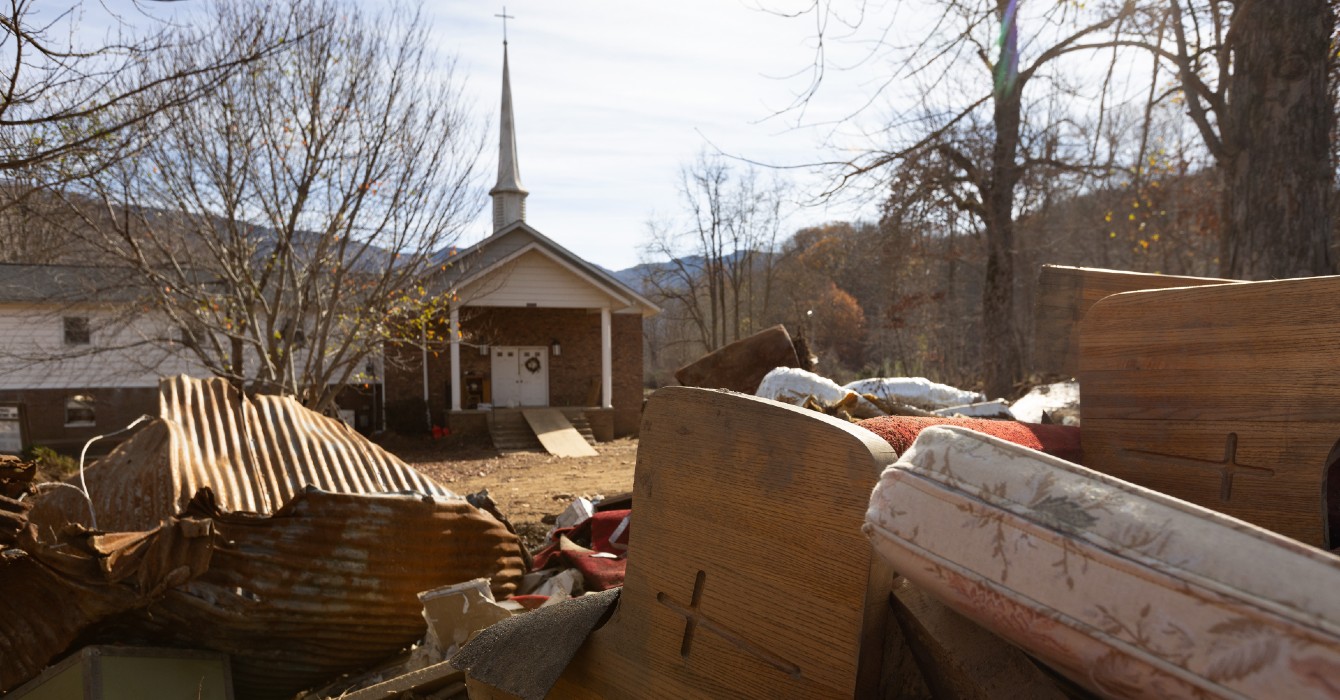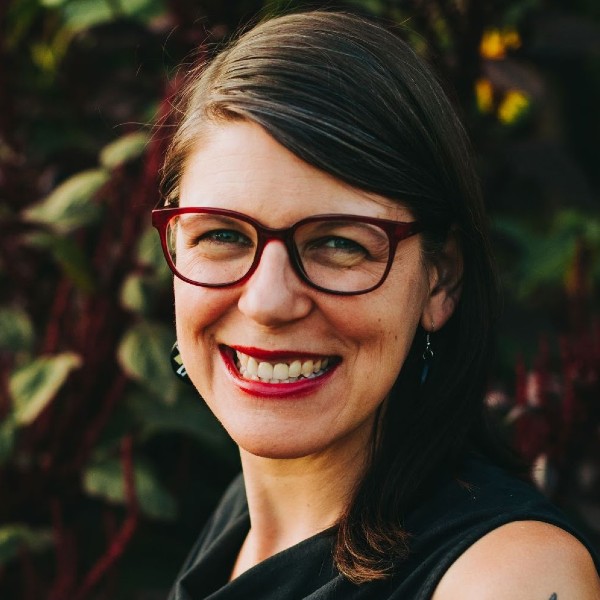It’s Wednesday morning, and more than 140 children are arriving at New Song Academy to begin the day’s classes. Their teachers and staff meet them in love and trust, and they move to small classrooms in a beautiful school and community center. Led by Executive Director Jane Johnson, the New Song Academy is a wonder and delight for young people and their families.
Just another typical morning at a school in the United States? Hardly.
This scene is taking place in Sandtown -- the Baltimore neighborhood that has been so much in the news in recent weeks. And it didn’t happen years or months ago, but just last Wednesday, April 29, the first day back after schools were closed in the wake of the turmoil that has gripped the city.
More amazing still, it was happening right across the street from the Gilmor Homes public housing complex, the epicenter of unrest in Baltimore and the place where Freddie Gray was arrested by police before dying several days later of injuries he received while in custody.
In a way, the only real surprise about the recent events in Baltimore is that they did not happen earlier. Conditions in inner-city Baltimore are heartbreaking, and have been for decades. Not only is there deep poverty; there is also, for many people, a closed future, a lack of hope and a loss of trust in public institutions. The relationship between the police and the neighborhood has been a long-standing, simmering crisis. The absence of shalom cuts deep into the fabric of the city, and we cry to God in lament.
But if all you know of West Baltimore is “The Wire,” if all you know of Sandtown is the violence that appeared on television screens across the country, then you do not know West Baltimore. You do not know Sandtown.
In Sandtown is a community of people who have committed themselves to bearing witness to God’s hope. And they are not alone but joined by countless others as companions on this journey. God is present, active and alive in Sandtown.
How do I know? Because for more than a decade, I lived in Sandtown, where I was the pastor of New Song Community Church. My home was a once-abandoned house on North Mount Street, across the street from Gilmor Homes. The Western District police station was a few blocks down the street.
I grew up in Baltimore and, other than being away for school, spent my whole life there until 1998, when I moved to New York to help start a sister church in Harlem and eventually launch City Seminary of New York.
Part of this story began nearly 30 years ago, when Allan and Susan Tibbels and their daughters, Jennifer and Jessica, and I moved to Sandtown. We did so because of Christian belief and conviction to be neighbors. And as we soon discovered, just as Acts 18 reminds us, God already had (and has) many people in the city, in Sandtown. Some of the first people we met -- people like LaVerne Stokes, Jane Johnson, Pastor Renay Kelley, Elder Harris and many, many more -- were already at work, shaping a vision for their community.
After a few years of living in the neighborhood, we began New Song Community Church. At first, we were just a small group of adults, youth and children from the neighborhood. One evening early in our history, we read aloud Isaiah 65 and other biblical texts about God’s new city and kingdom and then broke out the crayons and newsprint paper.
We asked one another, what was God’s dream for our neighborhood, for Sandtown? We drew that dream on the newsprint.
The visionary artwork that came forth from the crayons of the community depicted people walking on the streets in joy, a new church, safe and sturdy houses filling vibrant blocks, a job training center, and the sun shining brightly over Sandtown. We admired our drawing, prayed about some first steps, and then rolled it up and put it away.
Many years later, when we found the nearly forgotten drawing, we could see how the picture had become reality. We could see how the Spirit, long ago, had given us new dreams and visions that would take years to fulfill.
As we focused on 12 blocks within the larger Sandtown area, more than 300 abandoned homes were rebuilt for neighborhood home ownership, a learning center was built and developed that included New Song Academy, kids went off to college, gardens were planted and tended, young men found and held jobs, health needs were identified and addressed, and much more.
In recent days, the prevailing narrative about Sandtown has been one of loss and pain. But Sandtown is about much more than that. It has a history of community resilience and urban peacemaking. Hope is still present and will not be crushed.
“That which is good is never finished,” says an African proverb. New Song’s journey of peacemaking has been a long one; so much more needs to be done. But through all that was built and grown, there was -- and continues to be -- a healing of many lives, a resurrection of community. The Spirit is always about the new, the unexpected.
Thinking about the work that has been accomplished in Sandtown, and considering it over the span of several decades, I’m struck anew by some of the early, critical commitments we held, and the very real difference those commitments have made:
First, we saw our church as defined by our neighborhood and life together.
Our name, New Song, was taken as a calling to be good news at the intersection of suffering and brokenness. This is how we prayed and lived. We shared the joy and the tears of life together. Shaped by Scripture, we put everything we had, not into “the church,” but into the community, our community. We believed in every person and every block. This required an imaginative ecclesiology beyond polity, beyond safety, beyond our own abilities.
Second, we found that the practice of community-based development really works but requires the effort of generations.
Community development is about changed lives and systems together. We see this today, as the blocks that New Song worked on over the decades are doing well, and many young people are attending high school and college. But there is an ongoing need to water the seeds that have been planted, and to recognize the importance of institutions, like the school, as a basis for maintaining community life.
Third, public faith matters, in Sandtown and in all cities.
Every sphere of life counts. How the church thinks about and engages public concerns really matters to neighborhoods and our inner cities. Education, public safety, health and wellness, parks, streets, the arts -- all play a part in how everyone lives their lives. Making our public life more vibrant and viable for every neighborhood and every person is a matter of our common life in the city.
Finally, a neighborhood calls upon every person and gives space for every gift to emerge and blossom.
New Song’s work in Sandtown required many people and partnerships that extended across the neighborhood, city and region. We were not a “program” but a community. We all had work to do, and whatever our backgrounds, we belonged to one another, and for one another. As important as buildings and programs are, this kind of friendship lasts beyond them all.
Scripture calls upon us to pray for and work for the peace of the city. This means its joy and healing -- its life renewed down to the depths. Baltimore reminds us how urgent this prayerful work is, and how it belongs to all of us. But we need not despair -- God is alive in the city on the streets of Sandtown.








